If you’ve ever tasted an Indian curry or a platter of freshly made naan, you might have come across kasuri methi. This fragranced herb is a flavoring agent and much more it’s a common kitchen herb with a unique flavor and many health benefits. But just what is kasuri methi, and how can it take your cooking to a new level? So let’s dive into this interesting ingredient.
What is Kasuri Methi?
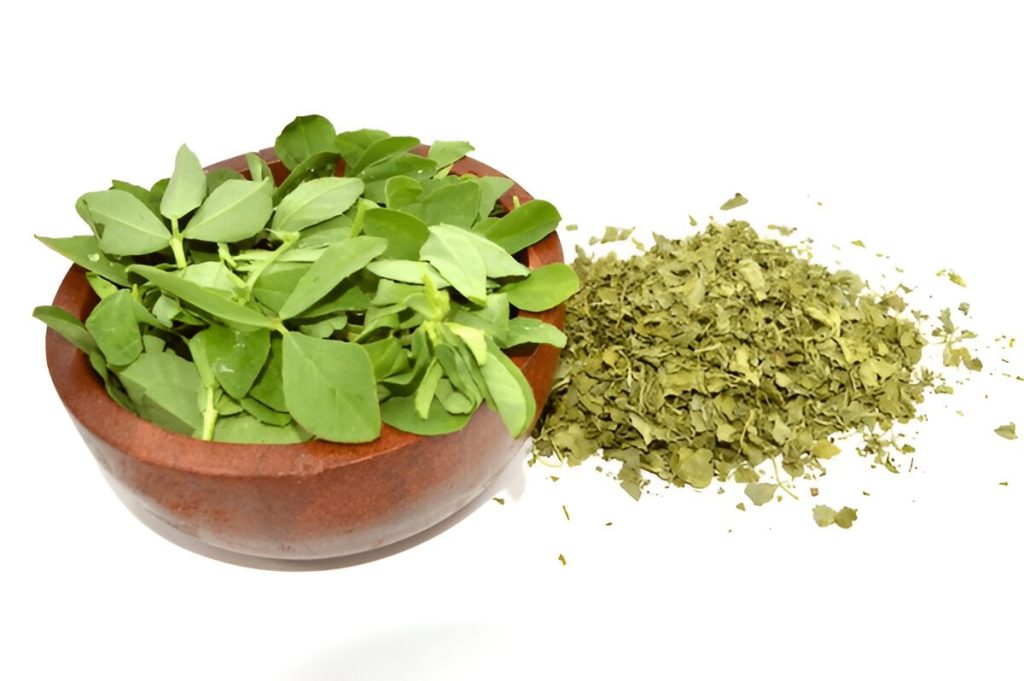
Kasuri methi (dried fenugreek leaves) comes from the fenugreek plant (Trigonella foenum-graecum). Leaves are harvested, dried, and crushed to produce a spice that gives dishes a rich flavor. The term “Kasuri” originates from the Kasur region in Punjab which grows high-quality fenugreek.
Kasuri Methi in Other Languages
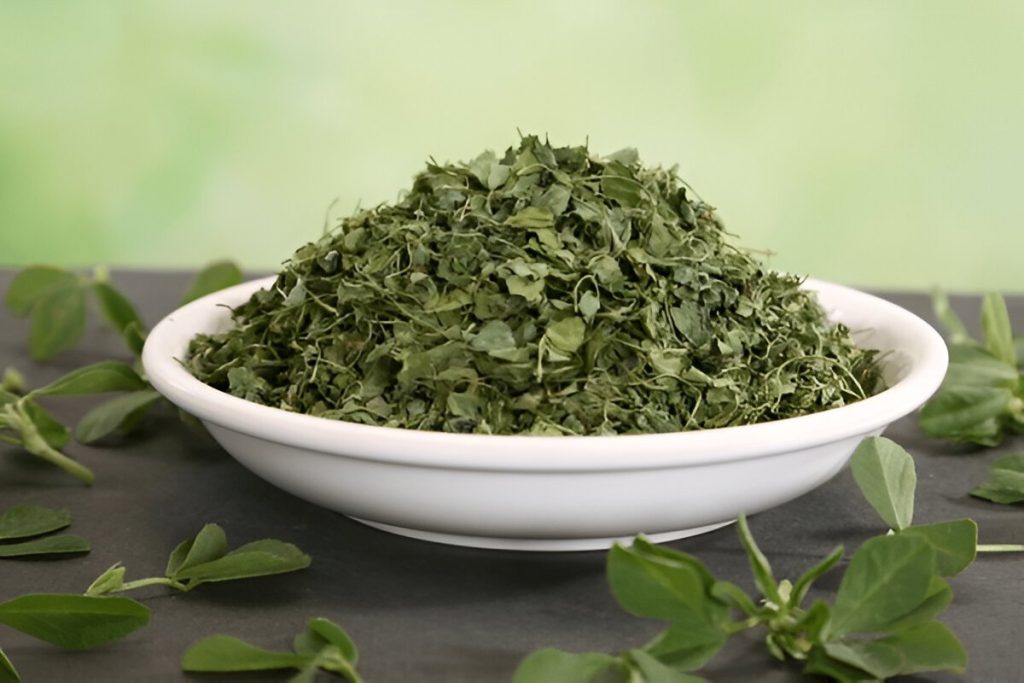
Kasuri Methi in English: Dry Fenugreek Leaves
Kasuri Methi In Tamil: காசூரி மெதி (Kasuri Vendhayam)
Kasuri Methi in Telugu : కసూరి మేథి (Kasuri Methi)
Kasuri Methi Health Benefits
Besides its role as a seasoning, kasuri methi has many health benefits:
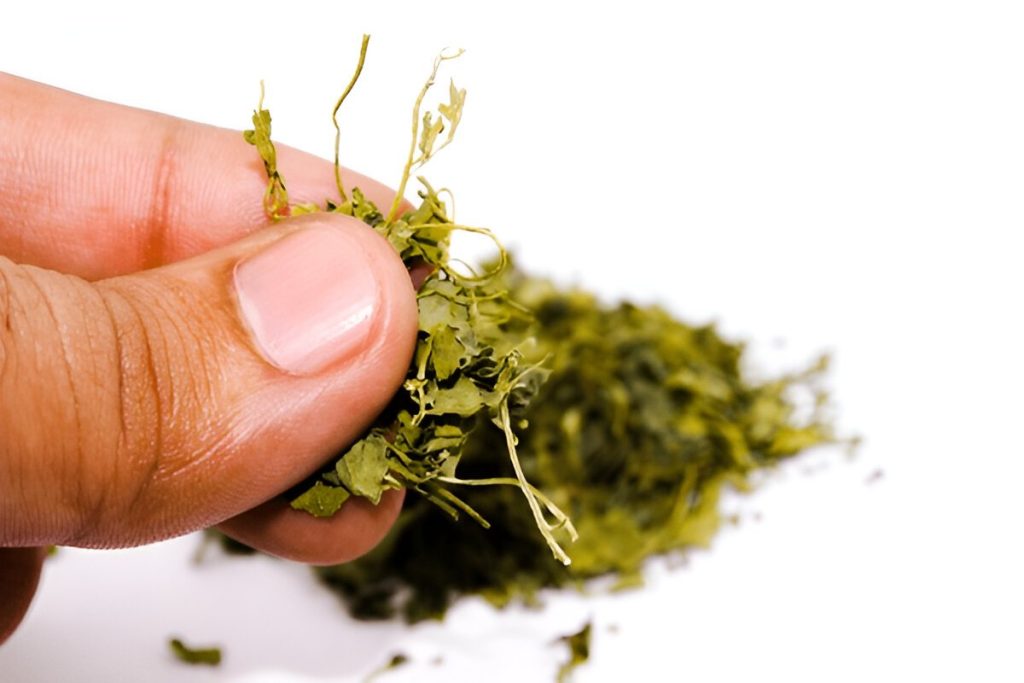
- Rich in Nutrients: Kasuri methi offers an excellent source of vitamins A, C, and K and a variety of B vitamins as well as minerals like iron, calcium, and magnesium. These nutrients play a part in overall health and well-being.
- Aids Digestion: Kasuri methi is rich in fiber that aids digestion and alleviates woes such as constipation.
- Blood Sugar Control: Fenugreek has also been researched for its potential function in blood sugar regulation, so sprinkling a little kasuri methi could be beneficial for diabetes patients.
- Heart Health: Kathi meth is rich in antioxidants which help in keeping the cholesterol levels in check and improving the blood circulation, helping the cardiovascular system.
Dried Kasuri Methi Recipe | How to Dry Kasuri Methi at Home
Kasuri methi (fenugreek leaves), is effortless to prepare at home and works wonders. Here’s how to do it:
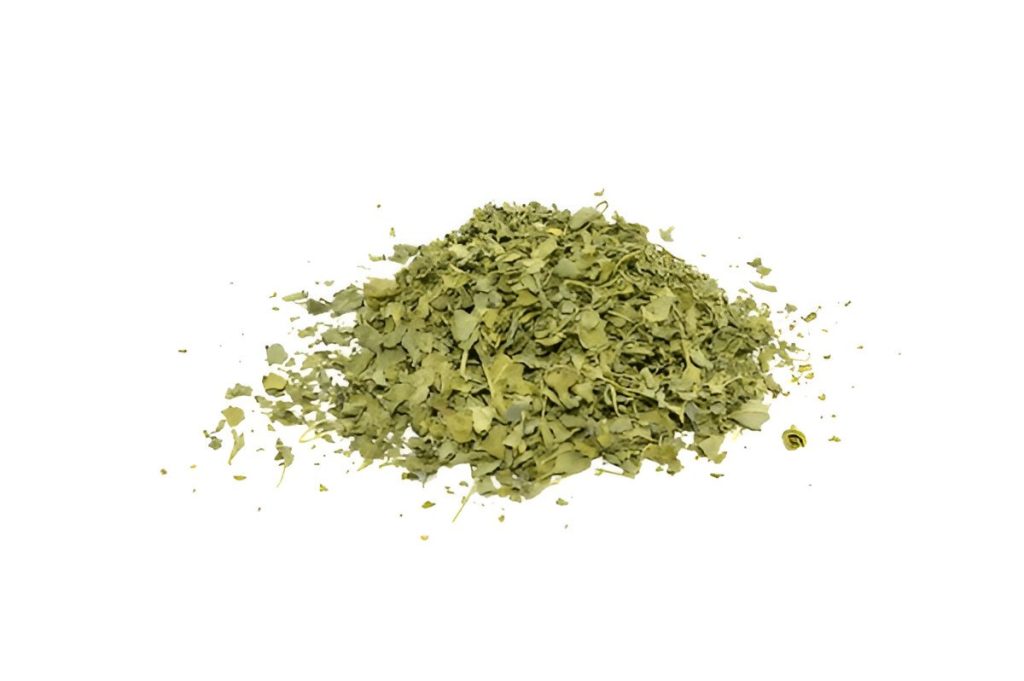
- Harvest Fresh Leaves: Young fenugreek leaves from the plant without any wilting or damage.
- Wash Thoroughly: Wash the leaves under running water to help remove some dirt and some impurities.
- Dry the Leaves: Lay out the washed leaves on a clean cloth in a well-ventilated area protected from direct sun. Leave them air-dry for a few days until hard and crisp.
- Store Properly: After drying, gently crush and store the leaves in an airtight container to keep their aroma and flavor.
How to Use Kasuri Methi
Kasuri methi is extremely versatile and can amplify a variety of dishes:
- In curries: Lift a creamy curry, like butter chicken or paneer tikka masala, by adding a pinch of kasuri methi at the end of cooking for a fragrant finish.
- In flatbreads: Add crushed kasuri methi to the dough for parathas or naan to give it flavor.
- Vegetable Dishes: A pinch or two can be added to stir-fried vegetables, like aloo methi or bhindi masala, for depth.
- In Rice Dishes: Add a pinch of kasuri methi while cooking biryanis or pulao.
- Snacks: Add it to batters for pakoras or mathris to give your snacks a unique taste.
What is the Difference Between Methi and Kasuri Methi
While both kasuri methi and fenugreek leaves are from the same plant, the two are pretty different:
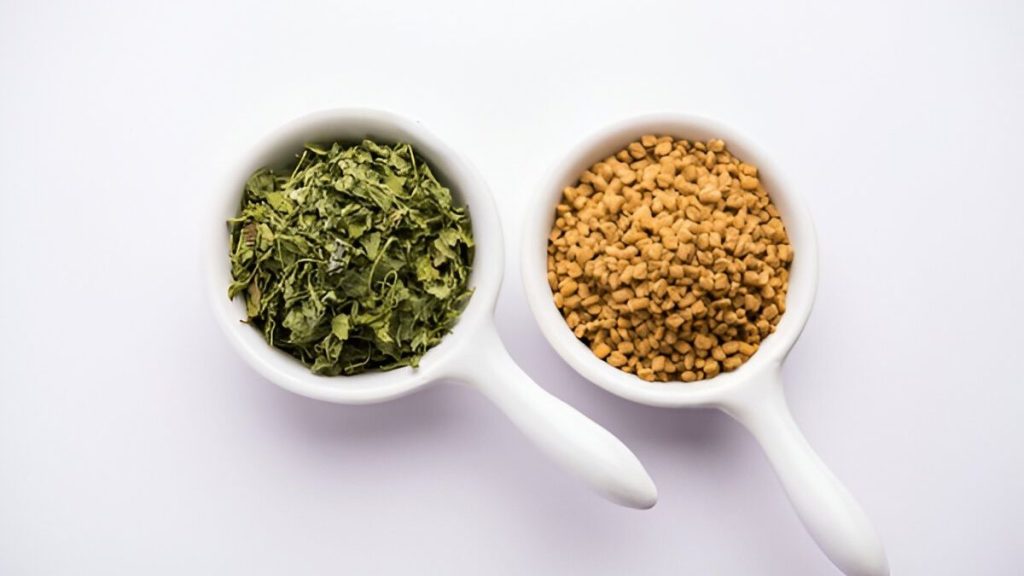
- Fresh Methi Leaves: A less pungent variety; they are also used while cooking for flavoring in a dish.
- Kasuri Methi: The drying process intensifies its flavor, making it more pungent and a little bitter, which adds to the taste of dishes if used as the finishing touch.
Are Oregano and Kasuri Methi the Same?
So no, kasuri methi is not the same as oregano. While they are both dried herbs, they are derived from two distinctly different plants with different flavor profiles:
- Kasuri Methi has a nutty and slightly bitter flavor, with an intense, maple syrup-like aroma.
- Oregano, on the other hand, brings a more herbaceous, minty flavor and warm peppery undertones.
Conclusion
You know, if nothing else, that when you learn a cupboard full of spices has a lot of bad habits in those plastic bags, there are a range of uses for kasuri methi in the hands of a cook. Apart from its robust flavor the herb is good for health as well, which makes it an essential ingredient for every kitchen. So, whether you add it to your everyday Indian dishes or explore international cuisines, kasuri methi is sure to never disappoint you!
So the next time you’re in the kitchen, why not toss this scrumptious food into the mix your taste buds will thank you!

















